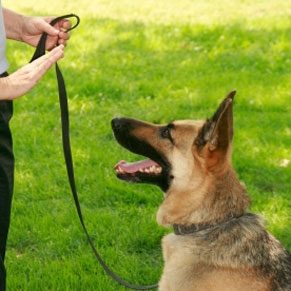
Read on for seven proven training techniques that you can perform at home, which will not only teach your dog how to follow your every command, but will help to bring you and your four legged friend closer together.
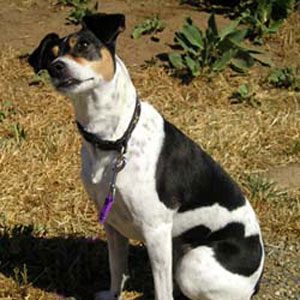
1. Dog Whispering
Practitioners of this method argue that we need to stop shouting commands at our dogs that they can not understand. Instead, try to read your dog’s body language so that you can directly communicate with them on a level of mutual respect. For example, if an aggressive dog confronts you, the best reaction is to stand still, turn away and blink rapidly. These are non-aggressive movements the dog can interpret and he will then more than likely calm down. By understanding your dog and communicating with him directly the training experience will be more effective.
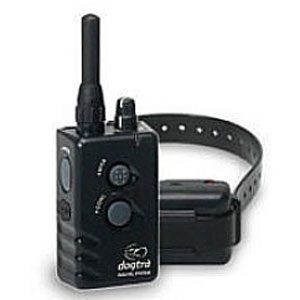
2. E-Collar Training
An e-collar is a dog collar that can be triggered by a remote switch to emit a light electric shock or vibration. Therefore, it is possible to punish your dog to discourage unwanted behaviour. This method of training can be effective but it is important to adjust the intensity level appropriately to avoid hurting the dog. Treats should be used with the e-collar to reward your dog and encourage good behaviour.
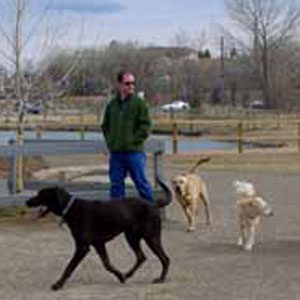
3. Training Games
Using games is a good way to train your dog and get some exercise at the same time. Studies have shown that dogs learn quicker and respond better when training sessions involve a game. For example, a game of fetch can be used to teach your dog the “recall” command. Playing hide and seek with your dog-by hiding your dog’s favourite toy and asking him to find it-can teach him the “seek” and “wait” commands. When games are played in areas with other people and animals they take on the added benefit of teaching your dog how to act around others.
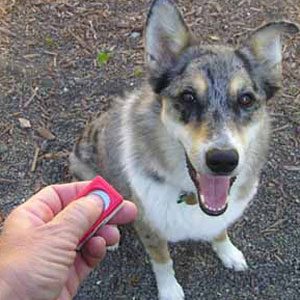
4. Clicker Training
Clicker training uses a continuous distinct sound to identify good behaviour as it takes place. At the beginning the “click” will need to be paired with a treat to enable the dog to associate this sound with a reward. The click clearly marks the desired behaviour the dog will learn which actions result in a reward; and since the sound is a simple piece of information the lessons are easy to retain. Over time the need to reward him with a treat will be eliminated as the dog understands that the distinct clicking sound is a reward for good behaviour.
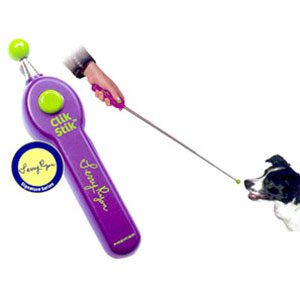
5. Target Training
A target stick is an extendable stick that is paired with a clicker to train your dog. At first the target stick should be rubbed with food to attract your dog. Once your dog sniffs it, reward him with a click; repeat this exercise so that the dog learns that touching the stick results in a reward. The next step is to get your dog to follow the stick. This can be done by waving it just above or below the dog’s head and rewarding him every time he follows the motion. Then attempt to move the stick away from the dog and reward him for moving towards the direction of the stick. Now that your dog has learned to follow the stick, you can train him to move to various locations, retrieve objects, and enter certain areas.
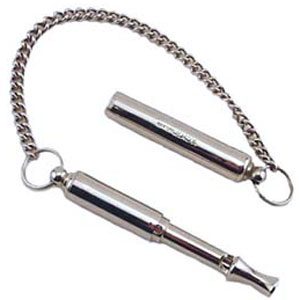
6. Whistle Training
The whistle began as a tool for hunters to train their dogs because it was good for distance training and relatively quiet. Before whistle training your dog, it’s important to practice with the whistle to develop a feel for the long and short blasts; these can be paired with certain gestures in order to form comprehensible directions for your dog. Once you feel comfortable with the whistle you can begin training your dog to obey different commands and rewarding his success with a treat. The whistle can be used for commands like calling the dog, redirecting your dog to a different location, and having the dog sit at a distance.
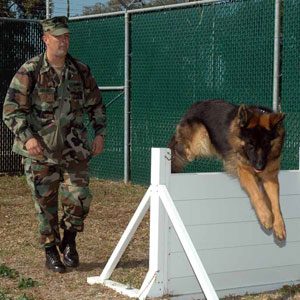
7. Marker Training
A form of canine training used by many police and government agencies, marker training uses both positive and negative behaviour to clarify which actions are proper; and breaks down each action in to simple steps to make the learning process easier. First you must choose a positive word like “yes” to reward good behaviour; and a negative word like “no” for poor behaviour. The next step is to charge these words so they have meaning to the dog. Spend some time saying the positive word and immediately giving your dog a treat. To charge the negative word just show him your empty hand when you say “no”. Once the words are charged you can break down the task into simple steps; and say “yes” for every correct action and “no” for all mistakes.